5 types of data theft you should know to prevent
Have you done your data security so no one can steal data from your computer or network device? If so, it would be great because you have just solved the worst security problem that plagues corporations around the world.
The truth is that data security is a complex and difficult issue. If you think your data is completely safe, there may be holes that you don't know. That is why it is important to know how data is stolen from a computer or network device for appropriate responses.
1. USB stick
Compact USB devices fit in a pocket or hang on a key chain. It is small, easy to hide and can even be disguised, but these USB flash sticks are full of high security risks.
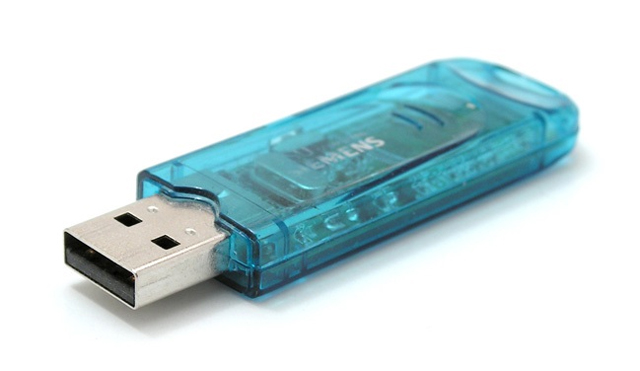
For example, they may be lost or stolen, although these USB devices don't seem to have data, but with recovery software, the confidential information you store on it can be discovered. There are also malicious software for USB that provides worms and Trojans to infect computers, waiting to steal login information and sensitive data.
- How to remove Trojan, Virus, Worm or Malware?
USB sticks have the same appearance, making it especially susceptible to confusion in the work environment. A colleague can easily pick up your USB to take home.
If you can unlock the computer, you only need a USB stick, anyone can steal data from the computer by plugging it in, transferring data to USB, removing and leaving. This process is easy, even easier than stealing paper documents.
Tech giant IBM has adopted a new security policy in 2018: an order banning the use of removable storage devices such as USB sticks, SD cards and flash drives but seems to be too late.
- 3 ways to password protect USB drive data
2. Smartphone or tablet
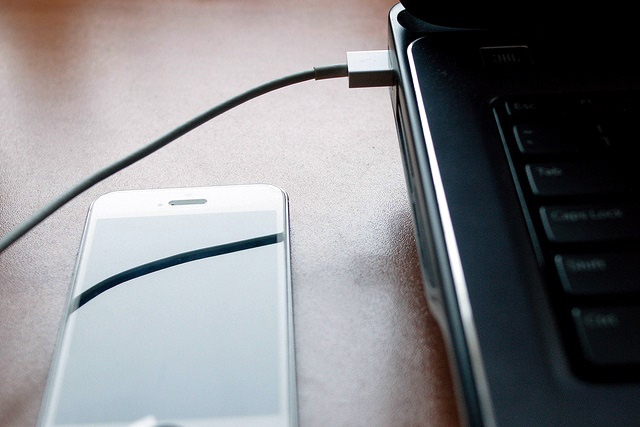
Although it has banned the use of USB storage devices, IBM has not limited the use of other popular mobile storage media such as mobile phones. When set up in large storage mode, a phone can become a portable hard drive or USB drive.
Tablets and MP3 players can also be used in the same way. For IBM users, this may be the solution for not being able to use a USB drive. Perhaps the company realizes that they can detect which data has been transferred from which device and know the identity of the phone user whose USB devices are not.
Either way, anyone can copy data from an unlocked computer, not monitored by a phone and a USB cable.
3. Flash memory card
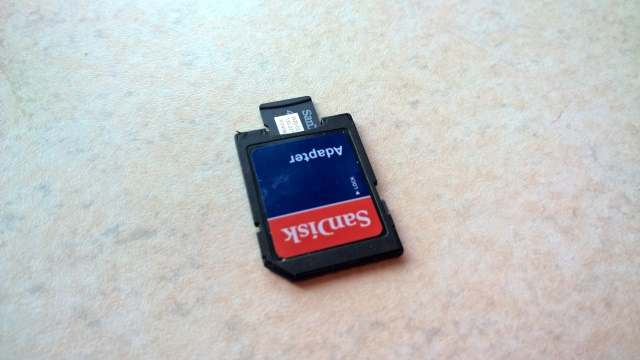
Flash memory cards smaller than a USB stick can be used to stealthily steal data. Many devices today have a card reader feature, which often activates media inserted into the edge of the reader, making them difficult to detect.
With a USB flash device, these small memory cards can be easily pocketed, but the computer must be open and unattended to be able to steal data. For example, a friend uses your computer to view photos from camera memory cards. Although they may not intend to steal data, the malware may get into the computer from the card. And all risks from USB sticks can occur with flash memory cards.
4. NAS device or portable HDD hard drive
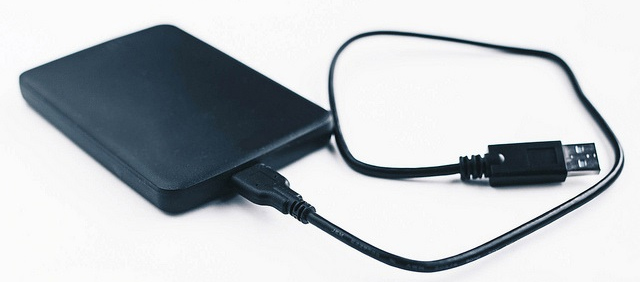
Some risks of stealing other computer data come from portable hard drives (HDD). They can easily be connected via USB. However, there is another type of drive that offers a higher risk to your data.
Network Attached Storage is increasingly popular as a means of storing data on a local network, usually at home. NAS boxes are affordable and can provide data recovery capabilities, you can even build yourself using Raspberry Pi.
- 20 great applications from micro-Raspberry Pi computers
The problem is, if you are storing all your important data on a NAS box, there is a risk that this data will be stolen. It is smaller than a personal computer, can easily connect from home network and perform data theft. Fortunately, you have a solution here: leave the NAS box out of reach, it's best to lock it.
5. Other mobile storage media
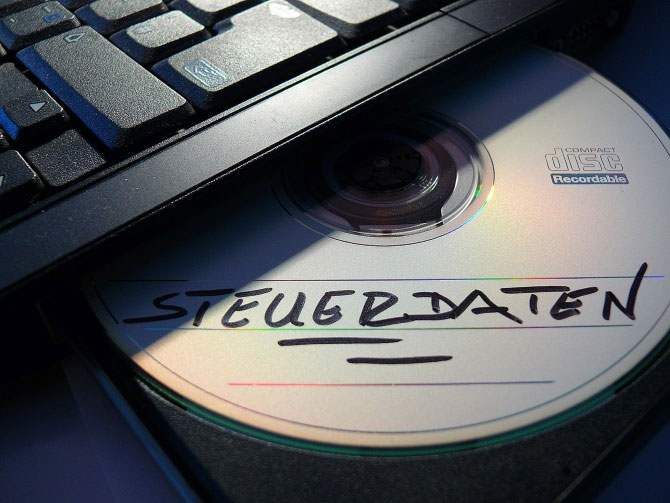
We have reviewed the most popular compact storage media today, but there are a number of other media such as CD, DVD, ZIP and REV. These types of discs are smaller than portable hard drives and are easy to hide.
Although not widely used, tape media (tape media) is used to store large volumes, backup and restore data in businesses and some home servers. . These media should be kept in a safe place because they usually keep a copy of the entire contents of the server.
How to secure and protect data
What data do you often store on your computer: video games, artwork, a badly written novel or more valuable information such as customer data, commercially sensitive information or information if Revealed you may lose your job.
If you are worried that this information is stolen from your home computer or work laptop, it is important to know how the data is stolen to take appropriate precautions. As mentioned above, your data is at risk of being stolen from:
- USB stick.
- Smart phones, tablets and MP3 players (connected via USB).
- Flash memory card.
- NAS equipment and portable HDD.
- Mobile media: optical disc, portable hard disk drive, magnetic tape storage device.
If you want to secure the data, you can consider using drive encryption. If your boss requires remote work on centralized data storage, you should set up VPN, which will significantly improve data security.
One last thing: although these devices can be used to steal data from your computer, they can also be used to bring Trojans and malware to computers. Ensure updates of anti-virus and Internet security software.
See more:
- Some common data security measures
- 10 simple ways to protect data and accounts
- Create virtual partitions to protect important data
You should read it
- Customer data collected during Capital 14's 14 years was stolen
- Privacy protection: avoid identity theft
- Protect the iPhone from theft
- Enable two-layer security with Dropbox account
- Fake data - new product 'booming'
- Medical record data - a lucrative hacker hack in 2019
- How to prevent theft of personal data on Windows Phone 8
- New flash drive against data theft
May be interested
- Protect the iPhone from theft
 losing your iphone is not just about losing your hardware, it also means that all your data is lost and likely to be accessed by hackers with malicious intent. when the theft of the phone is very unpredictable, there are a number of ways that users can use it to retrieve the phone more easily or make data access impossible.
losing your iphone is not just about losing your hardware, it also means that all your data is lost and likely to be accessed by hackers with malicious intent. when the theft of the phone is very unpredictable, there are a number of ways that users can use it to retrieve the phone more easily or make data access impossible. - Privacy protection: avoid identity theft
 most online shop owners focus on maintaining privacy about their credit card data. this is also quite good. even so, privacy is not the only concern you have when you want to shop online.
most online shop owners focus on maintaining privacy about their credit card data. this is also quite good. even so, privacy is not the only concern you have when you want to shop online. - New flash drive against data theft
 flash memory, the size of a thumb, is as cheap as it can be and provides gb of memory. it can temporarily store important data in your computer.
flash memory, the size of a thumb, is as cheap as it can be and provides gb of memory. it can temporarily store important data in your computer. - Activate the features immediately after buying the device to avoid iPhone theft
 - the stories of iphone theft must be no stranger to you. in this article, let's tipsmake give effective anti-theft measures with iphone.
- the stories of iphone theft must be no stranger to you. in this article, let's tipsmake give effective anti-theft measures with iphone. - How many types of malware do you know and how to prevent them?
 currently, computer criminals use a lot of different malware (malware) to attack the system. here are some of the most common malware types and ways to prevent them.
currently, computer criminals use a lot of different malware (malware) to attack the system. here are some of the most common malware types and ways to prevent them. - 7 best anti-theft apps to protect Android device
 nobody wants to imagine their phone being stolen, but the truth is that it can happen to anyone. therefore, it is always a good idea to have some anti-theft applications on the device.
nobody wants to imagine their phone being stolen, but the truth is that it can happen to anyone. therefore, it is always a good idea to have some anti-theft applications on the device. - Here's What Phone Thieves Do to Stop You From Tracking Your Device!
 while both android and ios have device tracking measures, there are still plenty of things thieves can do to prevent you from tracking your phone once they've taken it.
while both android and ios have device tracking measures, there are still plenty of things thieves can do to prevent you from tracking your phone once they've taken it. - Number in C ++
 normally, when we work with number (numeric types), we use the original data types such as int, short, long, float and double, ... digital data types, values possible and their range of values, discussed in the data type chapter in c ++.
normally, when we work with number (numeric types), we use the original data types such as int, short, long, float and double, ... digital data types, values possible and their range of values, discussed in the data type chapter in c ++. - Victims hacked hackers' servers when they were caught paying ransom, rescuing thousands of other victims
 this guy hacked the hackers' own device and helped unlock thousands of other victims of data theft.
this guy hacked the hackers' own device and helped unlock thousands of other victims of data theft. - 4 Types of Windows Data That Are Growing in Size: How to Control Them?
 although windows storage sense efficiently deletes temporary files, some types of data are permanent and continue to accumulate.
although windows storage sense efficiently deletes temporary files, some types of data are permanent and continue to accumulate.










 How to prevent EternalRocks malicious code
How to prevent EternalRocks malicious code How to check the computer that supports EFI / UEFI or Legacy BIOS
How to check the computer that supports EFI / UEFI or Legacy BIOS Windows Defender Antivirus has the ability to quickly detect and delete malware
Windows Defender Antivirus has the ability to quickly detect and delete malware Instructions for USB encryption with VeraCrypt
Instructions for USB encryption with VeraCrypt How to use 2 screens on a computer
How to use 2 screens on a computer Winja usage checks the safety of data
Winja usage checks the safety of data